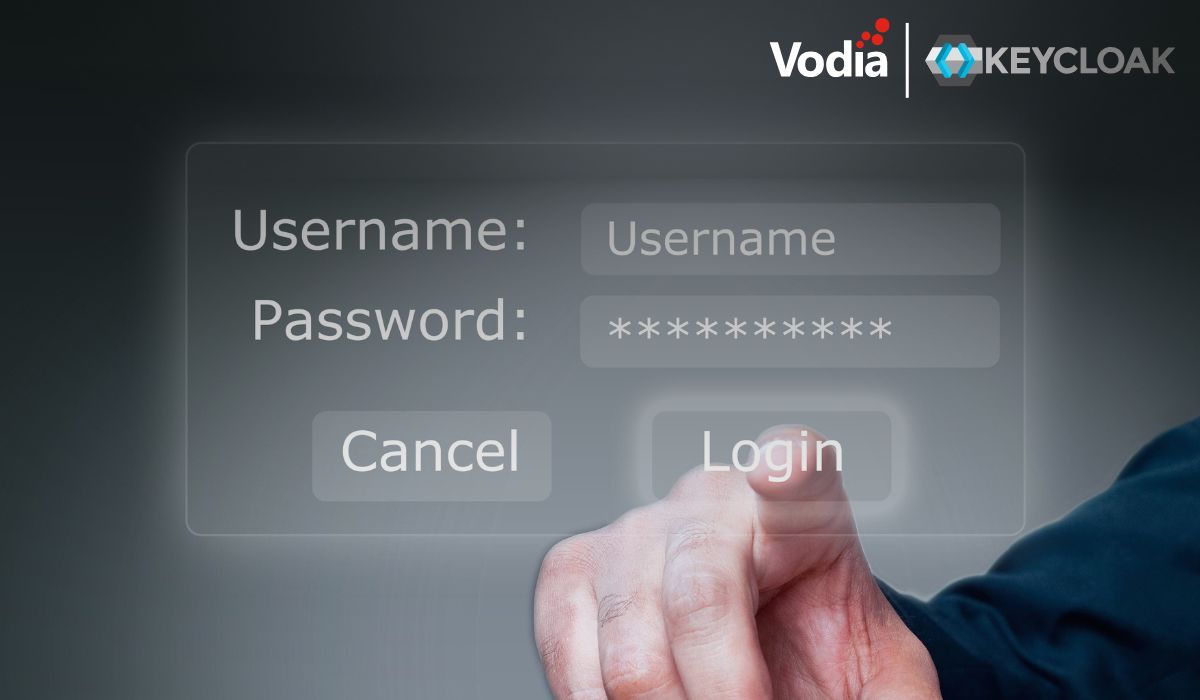It is 2014 and we have a clearer picture of what's important in the hosted PBX business.
Virtualization is one of the key technologies in the server world, which is also sometimes referred to as the “cloud”. It makes it possible to run several servers on the same physical hardware. This makes it possible not only to run servers more efficiently, but to also automatically set up those servers in a matter of seconds without human interaction.
When it comes to the PBX and virtualization there are a few things to consider. In contrast to HTTP and other services, the hosted PBX demands real-time reaction times in the area of milliseconds. This has several important implications that make the difference between mediocre and excellent service.
Virtualization makes it possible to implement an extremely robust failover mechanism that continues service on the same IP addresses even if the hardware crashes. This not only makes it possible to have “eternal” services, it also makes it possible to upgrade the underlying hardware while the service is active. With this technology, calls may stay up - even if they are, for example, in an ACD with minimal service disruption.
Because of the real-time requirements, the hosted PBX virtual machine needs to have exclusive control over the CPU running the virtual host. This means that practically one CPU core can run one virtual machine, something we already saw in 2005 when the pbxnsip project was initiated. It makes it possible to have hundreds of customers running on the same CPU core in a virtual environment. Other PBX solutions designed as single domain solutions need one virtual machine for each customer, even if there are only two extensions on it. This causes a lot higher resource usage, thus higher costs. Additionally, while we are still using IPv4, it also needs a lot more valuable IPv4 addresses than the multi-tenant solution.
The other implication of the real-time nature of the hosted PBX is vicinity. It isn't possible to serve large areas with one big data center. Instead, the virtual machines need to be located close to the customers, with “close” being defined by the ping times. Here the cost of deploying a hosted PBX is a key issue. With the simple architecture of the Vodia PBX, we are in a good position to serve customers all over the world. A new PBX can be deployed in a matter of minutes and even automatically, just like a new virtual machine can be deployed today.
.svg)





